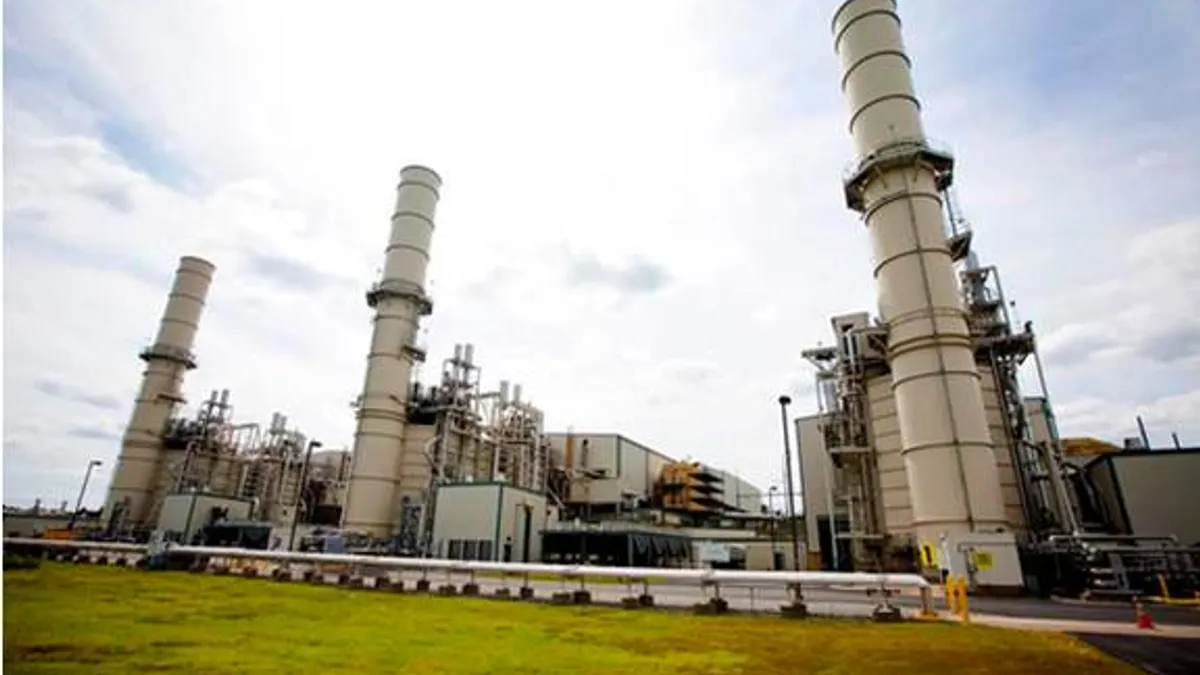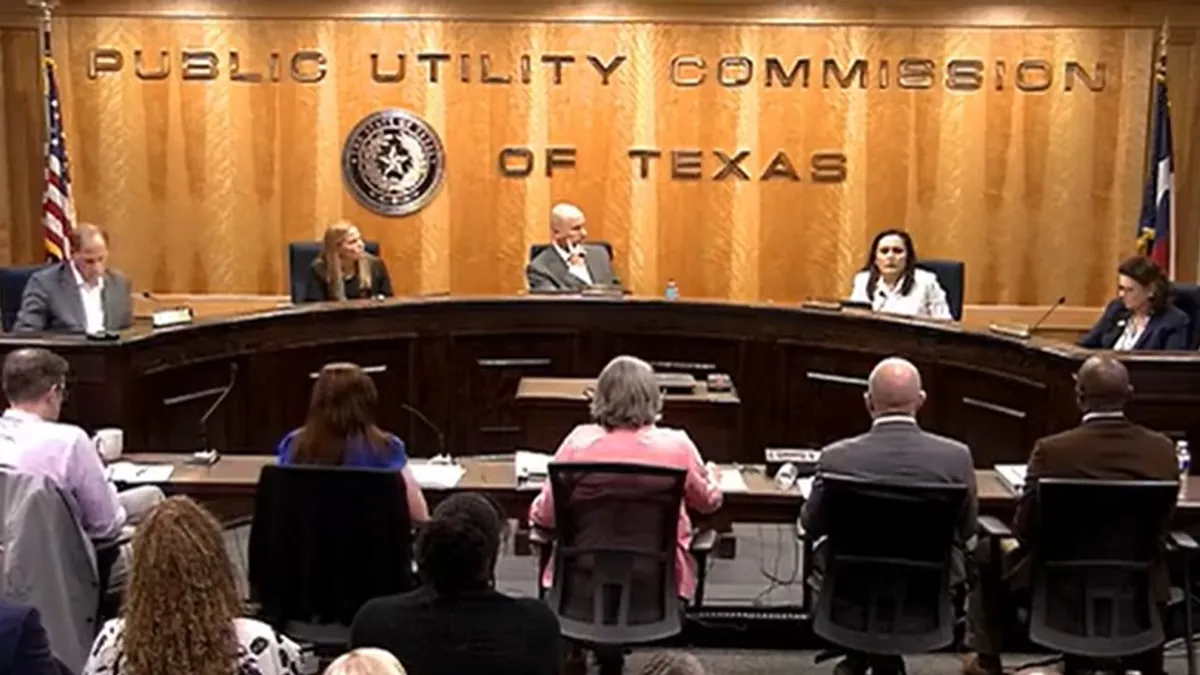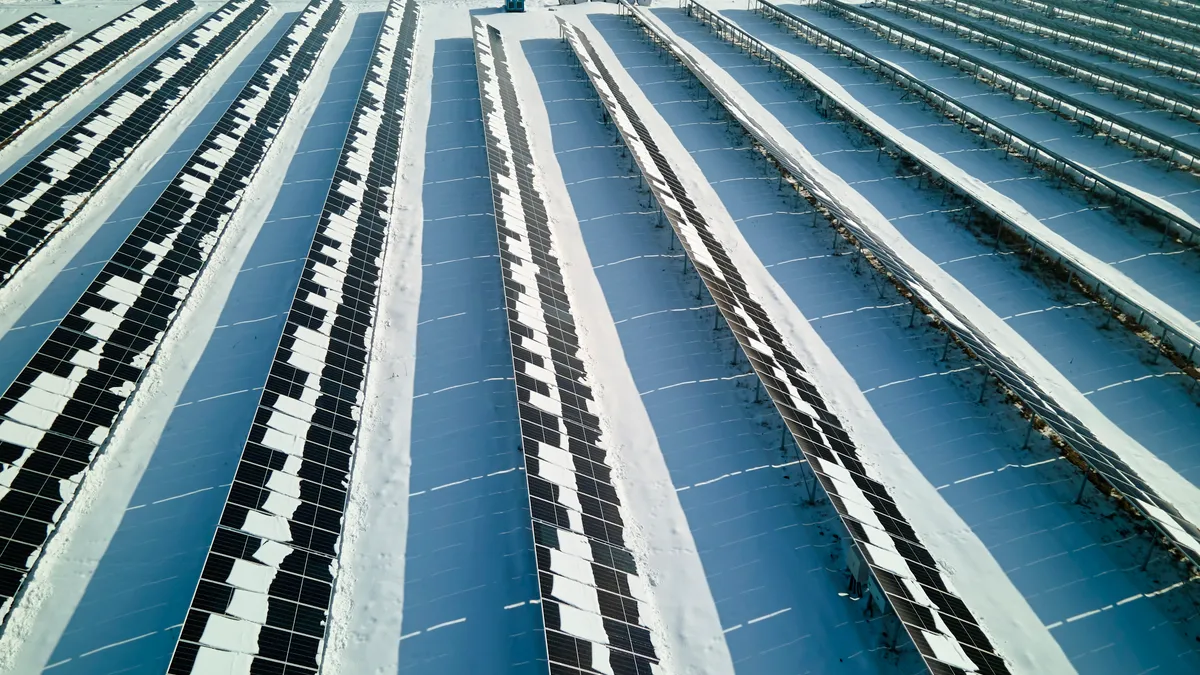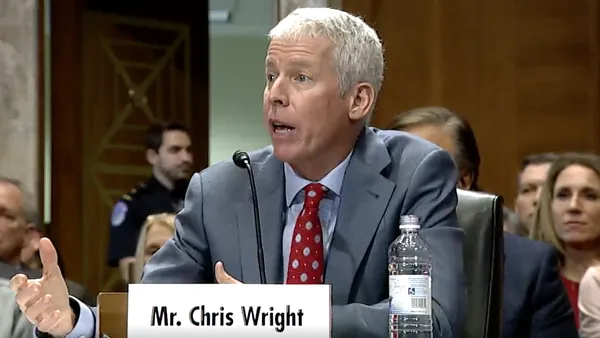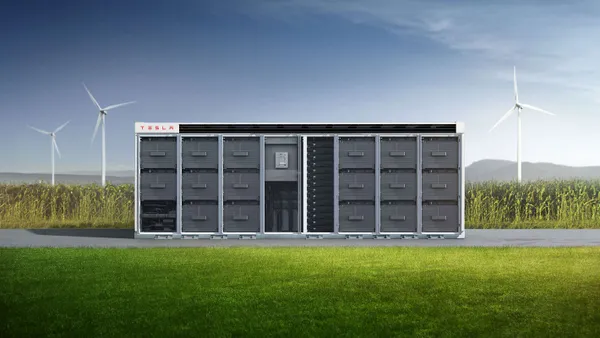Dive Brief:
- Amid a flood of closing coal plants — almost 350 in total, according to Bloomberg — electricity prices have declined by about 40% in the PJM market as cheap natural gas and new capacity have cut costs.
- And about 20,000 MW of gas-fired power is expected online in the Mid-Atlantic by 2019, buoyed by some of the cheapest gas in the country.
- While coal has historically dominated the market, federal officials say this year natural gas plants will produce more electricity. Gas is expected to capture 33% of the market in 2016, with coal declining to 32%.
Dive Insight:
Critics warned years ago of blackouts and spikes in electricity prices if coal is phased out.
But now a flood of cheap natural gas has kept power prices low, even as new environmental regulations have forced 346 coal-fired plants offline in the last five years, according to Bloomberg.
“You’ve seen the coal come out of the market and then you’ve seen a response from industry to capitalize on that hole in the supply mix,” PA Consulting Group's Ethan Paterno told the news outlet . “The low gas prices are a big, big deal.”
Bloomberg also noted the U.S. Environmental Protection Agency’s emissions rules are expected to cost almost $10 billion annually to implement, but could result in health benefits valued at up to nine times that amount, between $37 billion and $90 billion.
The United States share of electricity generation from coal hit a high point in the 1980s, when it almost reached 60% of the power supplied. Now, gas is poised to generate about a third of the country's mix, compared with roughly 10% about three decades ago.
Before April 2015, natural gas generation had never topped coal power. But stricter environmental rules, including the Mercury and Air Toxics Standard and the planned Clean Power Plan, have forced coal plants offline and now gas is expected to produce the lion's share of U.S. generation.
"The recent decline in the generation share of coal, and the concurrent rise in the share of natural gas, was mainly a market-driven response to lower natural gas prices," according to the EIA in its 2016 prediction forecast.
But price is only one factor, as cleaner energy sources are quickly being added to the U.S. energy mix.
"Unlike the growth of natural gas-fired generation, which has largely been market-driven, increased use of nonhydro renewables has largely been driven by a combination of state and federal policies," EIA said. "The use of renewable energy sources such as wind and solar has also grown rapidly in recent years so that generation from these types of renewables is now surpassing generation from hydropower."
Non-hydro renewables are expected to supply 8% of power this year, with hydropower's share at 6%.



